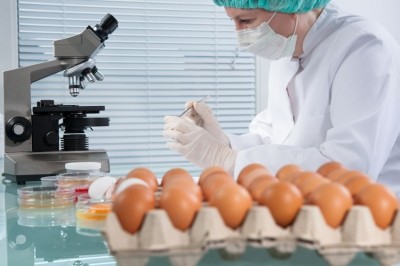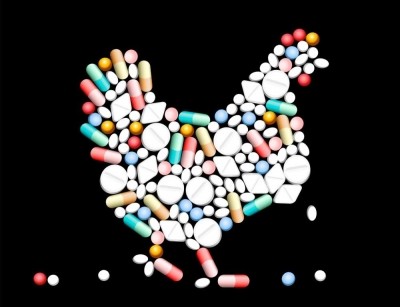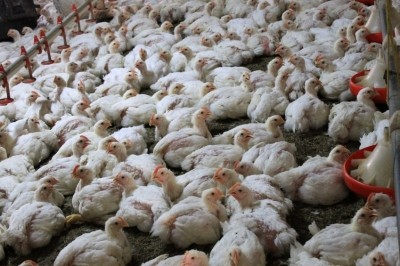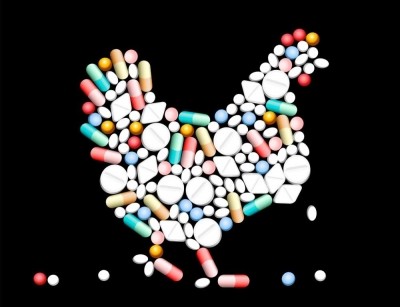German livestock producers must report antibiotic usage under new regulation
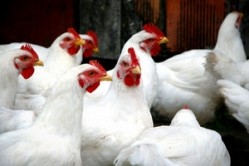
An amendment of the German Drug Act, aimed at gradually reducing the use of antibiotics in livestock farming in that country, came into force last month.
The new regulations are said to allow the relevant authorities assess the frequency of antibiotic usage on a farm and draw comparisons with other livestock holders.
German agriculture minister, Christian Schmidt, said the amendment was a critical turning point in terms of ensuring limited use of antibiotics in animal husbandry: "The system of recording and drawing comparisons … is intended to help minimize the use of antibiotics to what is necessary from a therapeutic viewpoint.”
Livestock farmers are now required to report to the competent authority every six months on what antibiotics they have administered to which animals in that period including the quantities involved.
The reports must be filed with the competent authorities by 14 January 2015 at the latest, said the Federal Office of Consumer Protection and Food Safety (BVL).
Following an analysis of such usage data, the BVL said it will establish a nationwide ‘farm-specific biannual therapeutic frequency’ table by March next year.
If a farm's individual index exceeds the federal average, the producers and veterinarians will have to jointly identify the causes and take steps to curb antibiotic use, it said.
“If a farm's index is among the highest 25%, the livestock producers, after having consulted with veterinarians, will have to draw up a written plan of measures to cut antimicrobial use and submit that to the competent authority,” added the German food safety watchdog.
Bid to curb antimicrobial resistance in Germany
A Federal German antibiotics resistance strategy, DART, was launched in 2008, aimed at curbing the spread of antimicrobial resistance in the country.
Since 2011, drug makers and wholesalers have to report how many antibiotics they distribute to veterinarians. The food safety agency releases an annual report on this.
A spokesperson for the BVL told feednavigator.com there was a 170 ton reduction in the amount of antibiotics distributed to vets in Germany in 2013 compared to 2012.
“But we cannot deduce from the data which drugs were used for which animals. However, we can draw conclusions on the basis that the majority of the active substances in question can be used for livestock while only a small percentage of those can be administered to pets,” she said.
The BVL said the new reporting and control system, ushered in last month, also grants the state authorities in charge of veterinary drug monitoring far greater powers. Livestock producers could be required by the competent supervisory authority to implement certain changes in husbandry, animal feeding, stocking density or hygiene protocols, if they deem it necessary.
If pig, chicken or cattle producers fail to file reports or observe the orders, fines may be imposed, or the authority may, as a last resort, order the temporary suspension of operations at a farm.
Broiler, pig and cattle antimicrobial usage
A study, released in July 2013, by the Federal Institute for Risk Assessment, the University of Veterinary Medicine Foundation Hanover and the University of Leipzig, involved the collation and analysis of data on the consumption of antimicrobials in growing/finishing pigs, broilers and cattle.
The research involved the participation of livestock producers and veterinarians from all over Germany.
The scientists gathered information for 2011 from over 2,000 animal production sites looking at the types of antibiotics used and their frequency of us in the various species.
The researchers found that, in the course of its finishing period of roughly 115 days, a pig in Germany is treated with an antimicrobial agent on 4.2 days on average.
The finishing period for broilers amounts to 39 days on average in Germany. During this time, the animals are administered an antimicrobial agent on 10.1 days on average, while they found only around every third calf is treated with an antibiotic for three days per year.
Dutch feed benchmarking scheme
Meanwhile, feed companies in the Netherlands are set to face a benchmarking system in a bid to shore-up the antibiotic reduction drive on poultry farms there.
A proposal has been tabled by Dutch vets and to rate feed companies against the usage levels of antibiotics on the chicken farms they supply, said Dr Hetty van Beers-Schreurs, director of the Dutch Veterinary Medicines Authority (SDA).
She talked to us in May about the success of the Dutch poultry production industry, in particular, in lessening its reliance on therapeutic antibiotics.
The results of the SDA survey for 2013, looking at the broiler sector, show it has achieved a decrease in antibiotic usage of between 40% and 50%.
However, the Dutch government is looking for a further decrease – they want a reduction in antibiotic usage across all livestock sectors by 70% by next year.
The role of feed manufacturers
But van Beers-Schreurs said more responsible use, rather than additional decreases in the amount of antibiotics being employed, is the key to tackling resistance to antimicrobials in animals and ensuring a high level of animal welfare.
Criteria such as animal nutrition, the quality of the management and the livestock housing environment are vital for maintaining animal health on the farm, said the SDA boss.
“Feed companies play an important role,” said van Beers-Schreurs. "They realize they are part of a team to improve animal health."
She said feed manufacturers are ready to step up their game to help support antibiotic reduction in poultry production.
